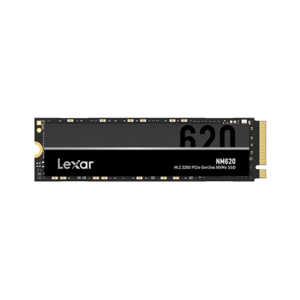TUF Gaming VG279Q1A Gaming Monitor –27 inch Full HD (1920×1080), IPS, 165Hz (above 144Hz), Extreme Low Motion Blur™, Adaptive-sync, FreeSync™ Premium, 1ms (MPRT)

-
TUF GAMING VG279Q1A
All the Essentials for Smooth Gaming
 TUF Gaming VG279Q1A is a 27-inch Full HD (1920 x 1080) IPS display with an ultrafast 165Hz refresh rate. Designed for gamers and others seeking immersive gameplay, it offers some serious specs. But there’s more ….
TUF Gaming VG279Q1A is a 27-inch Full HD (1920 x 1080) IPS display with an ultrafast 165Hz refresh rate. Designed for gamers and others seeking immersive gameplay, it offers some serious specs. But there’s more ….
Its exclusive ELMB function features a 1ms MPRT response time and Adaptive-Sync (FreeSync™ Premium) technology, for extremely fluid gameplay without tearing and stuttering. - 27-inch Full HD (1920×1080) IPS gaming monitor with ultrafast 165Hz refresh rate designed for professional gamers and immersive gameplay
- ASUS Extreme Low Motion Blur (ELMB ™) technology enables a 1ms response time (MPRT) together with Adaptive-sync, eliminating ghosting and tearing for sharp gaming visuals with high frame rates.
- FreeSync™ Premium technology to eliminate screen tearing and choppy frame rates
- Supports both Adaptive-Sync with NVIDIA GeForce* graphics cards and FreeSync with AMD Radeon graphics cards *Compatible with NVIDIA GeForce GTX 10 series, GTX 16 series, RTX 20 series and newer graphics cards
- Shadow Boost enhances image details in dark areas, brightening scenes without over-exposing bright areas
- Full HD(1920 X 1080)@120Hz output on PS5 & Xbox Series X/S
27 inch IPS display for better color reproduction
The 27-inch Full HD (1920 X 1080) IPS panel of TUF Gaming VG279Q1A delivers stunning visuals from all angles with wide 178-degree viewing angles ensure minimal distortion and color shift even when you’re viewing from extreme positions.
Super−fast 165Hz refresh rate
An impressive 165Hz refresh rate eliminates lag and motion blur to give you the upper hand in first-person shooter, racing, real-time strategy, and sports titles. This ultrafast refresh rate lets you play at the highest visual settings and react instantly to what’s onscreen.
*Select graphics cards/GPUs can support 165Hz graphics source output (via DisplayPort). Please note that this performance depends on the GPU or content displayed. Actual real-world performance is hardware-dependent.















